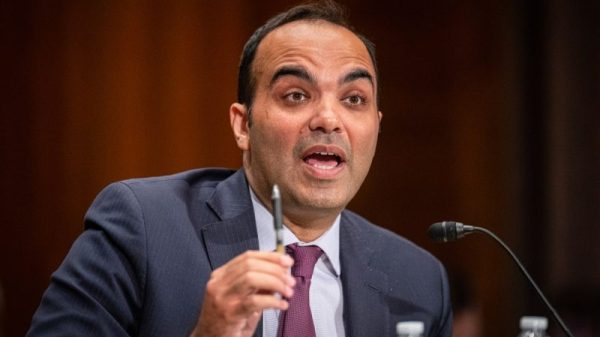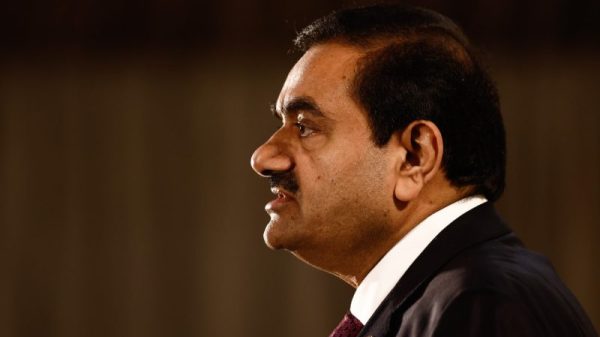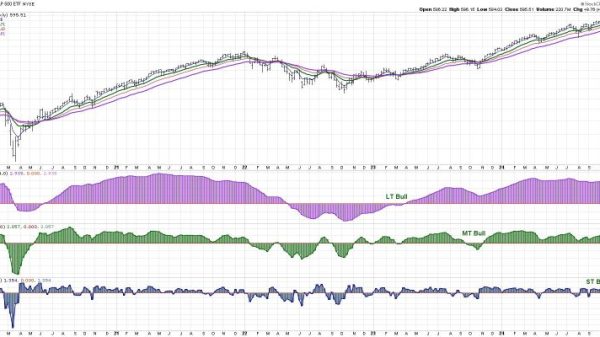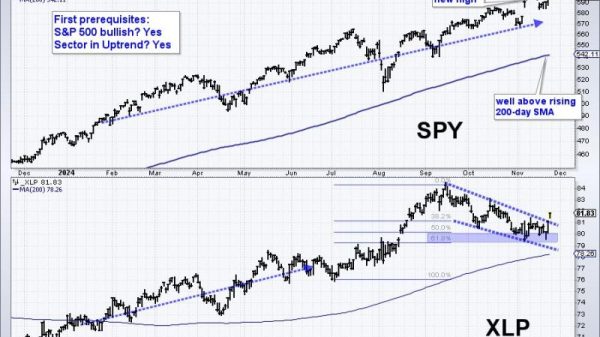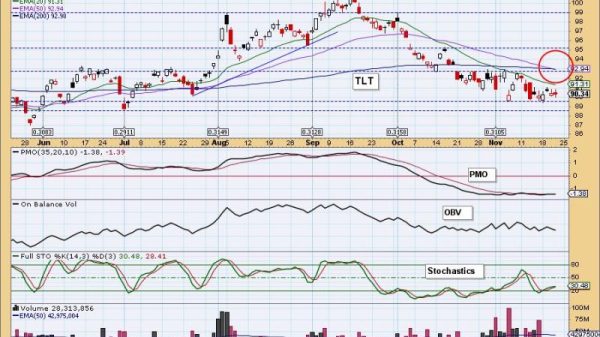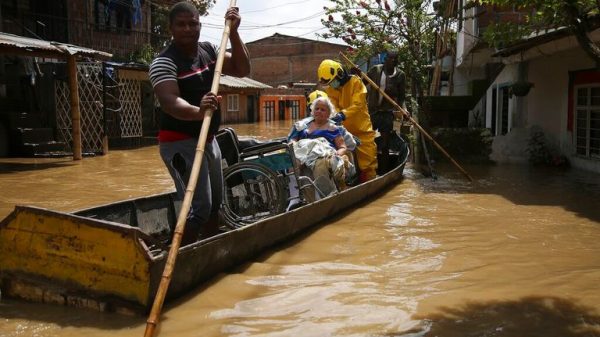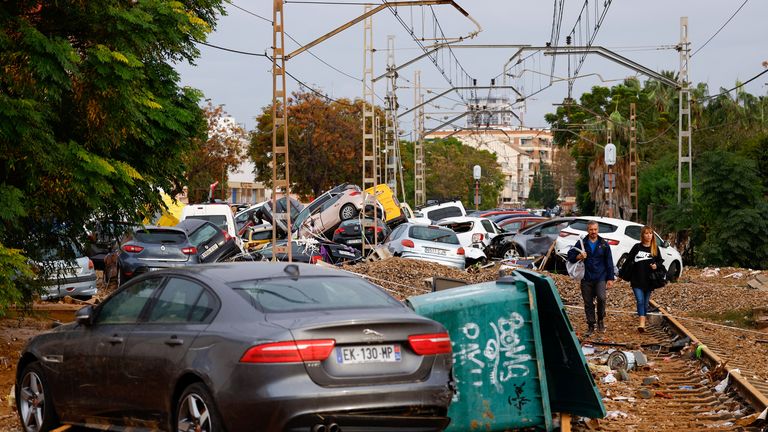More than 200 people have died in Spain after nearly a year’s worth of rain fell in a matter of hours.
On Friday, there were at least 205 confirmed deaths in Valencia, two in Castilla La Mancha, and one in Andalusia.
Local authorities issued warnings late on Tuesday, but many say this gave them next-to-no time to prepare for the conditions that had killed dozens by Wednesday.
Follow Spain flooding latest
Here we look at what caused the flooding – and why they could happen again.
How quickly did the floods hit?
Heavy rain had already begun in parts of southern Spain on Monday.
In contrast to areas like Malaga, where residents told Sky News it had been “chucking it down for two days”, the rain did not start in the worst-hit region of Valencia until around 7pm on Tuesday.
At 8pm, people in Valencia received smartphone alerts warning them not to leave their homes.
But by then, many were already trapped in dangerous conditions, particularly in the south of the city where a major road had flooded, leaving drivers stuck in their cars.
By Wednesday morning, more than 50 people had been found dead.
The Chiva area of Valencia had been hit by 491 litres per square metre of rain in eight hours. Only around 65 l/m2 usually falls in the whole of October.
Storms spread west on Wednesday night and into Thursday, bringing deadly conditions to Andalusia and Castilla La Mancha as well.
What caused them?
Heavy rain is not uncommon across eastern Spain at this time of year.
It’s caused by a weather phenomenon called DANA – ‘depresion aislada en niveles altos’ in Spanish – which translates as ‘isolated low-pressure system at high levels’.
DANA occurs when:
1) Cold air from the north moves south;
2) Warm air then blows over the Mediterranean, rising quickly and forming heavy clouds;
3) The low pressure from the north gets blocked by the high pressure above the water, causing it to slow down or stop completely.
This creates storm-like conditions that cannot move anywhere else – so the rain falls over the same area for a sustained period of time.
What role did climate change play?
General flash floods and those caused by DANA specifically have struck Spain long before humans started warming the climate.
But climate change is making heavy rain worse, and therefore more dangerous.
That’s because hotter air is able to hold more moisture. So when it rains, it unleashes more water.
The current 1.3C increase in global temperatures since pre-industrial times means the air can carry about 9% more moisture.
And higher sea surface temperatures in the Mediterranean are a “key driver” of strong storms, said Dr Marilena Oltmanns, research scientist at the National Oceanography Centre in Southampton.
The world is on track for 3.1C warming by the end of this century, which is expected to make rain heavier still, increasing the chances of flash flooding and giving areas little time to respond.
Imperial College London’s lead for its World Weather Attribution (WWA) group Dr Friederike Otto says there is “no doubt about it”.
“These explosive downpours were intensified by climate change,” she says.
Professor Mark Smith, an expert in water science and health at the University of Leeds, adds that hotter summers also dry out the soil in the ground, which means it absorbs less rain – and more of it flows into rivers and lakes – which flood quicker.
Will they keep happening?
A red weather warning is in place for the Huelva area of Andalusia until Friday afternoon.
Beyond the warning period, storms are set to continue across parts of Spain for several days.
In the longer term, Dr Marilena Oltmanns says: “Given the long-term warming trend, both in the sea surface temperatures in the Mediterranean region and the global air temperature, we expect the events like the currently observed one in Spain to become more frequent.”
Chiva and the surrounding worst-hit area also suffers from the unfortunate geography of being in a river catchment – where water feeds into the River Turia – and close to the mountains. And is not far from the sea.
That means water has little chance to absorb into the land and so builds up very quickly.
This makes it all the more imperative that forecasts are accurate, authorities prepare accordingly, and residents respond quickly.
Professor Hannah Cloke, professor of Hydrology at the University of Reading, describes people dying in their cars and being swept away in the street as “entirely avoidable”.
“This suggests the system for alerting people to the dangers of floods in Valencia has failed,” she says.
“People need to understand that extreme weather warnings for floods are very different from regular weather reports. We need to consider flood warnings totally differently, more like fire alarms or earthquake sirens, and less like the way we browse daily weather forecasts on our phones or on the TV.”
Gareth Redmond-King, international analyst at the Energy & Climate Intelligence Unit (ECIU), says Spain’s tragedy should serve as a “wake-up call” to the UK.
“This is not about future events in a far-off place with a dramatically different climate from the UK. Spain is one of our nearest neighbours,” he warns.


